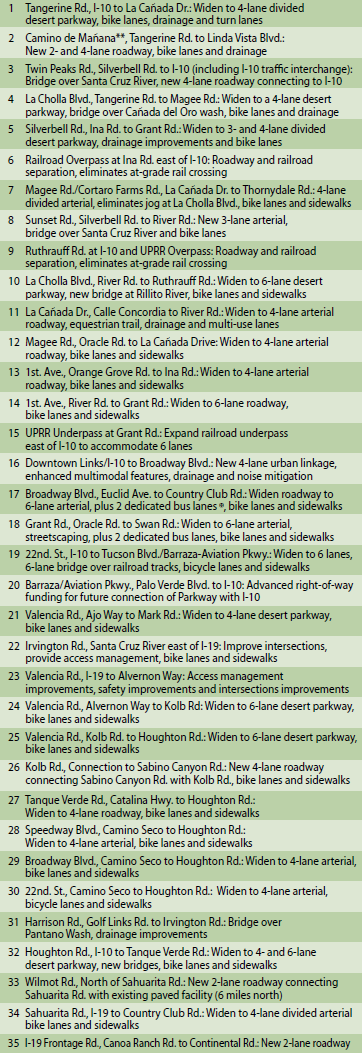Pot A is "Just Compensation" - the amount of money the Arizona Constitution guarantees a property owner in exchange for the real estate taken from him or her.
Pot B is "Relocation Benefits," which is an amount designed to pay for moving the personal property and reestablishing the business or residence of the property owner at a new property the property owner purchases with the funds from Pot A (or other funds the property owner wishes to spend).
If the City of Tucson is taking your property for the Broadway project or any other public improvement, you are certainly entitled to Pot A, and you may be entitled to Pot B funds as well. My practice has traditionally focused exclusively on extracting the most Pot A - Just Compensation funds I could for a property-owner client. Clients usually choose to hire me to seek the most Just Compensation possible and sort out Pot B - Relocation Benefits on their own.
Recently, a shift has occurred, and more clients are asking for help in securing their Relocation Benefits. The reason is those clients believe the relocation agents working for the City of Tucson are not doing a good job guiding the property-owner clients through the relocation process and, instead, seek only to maximize savings to the City of Tucson rather than fairly distributing the Relocation Benefits these clients deserve.
One example of this unfairness is the rules the City of Tucson and its relocation agents use to determine a property owner's eligibility for Relocation Benefits. There are three sources of a property owner's entitlement to Relocation Benefits: a federal source applicable to federal projects and state projects receiving federal funds, a state source applicable to Arizona Department of Transportation Projects, and a state source applicable to all other state- and local-level projects. This last source of Relocation Benefits requires the City of Tucson to establish its own rules governing the distribution of Relocation Benefits, but the City of Tucson has not done so. Instead, the relocation agents representing the City of Tucson use the oftentimes restrictive federal source and the guidelines pertaining to it. This confusion has resulted in clients reporting unfair and bizarre treatment from relocation agents who do not seem to have the appropriate guidance from the city.
If you believe the City of Tucson or its hired relocation agents are not treating you fairly, call me for a free consultation. I would be more than happy to review the amounts to which you may be entitled and discuss a fair fee to seek the recovery of those amounts.








